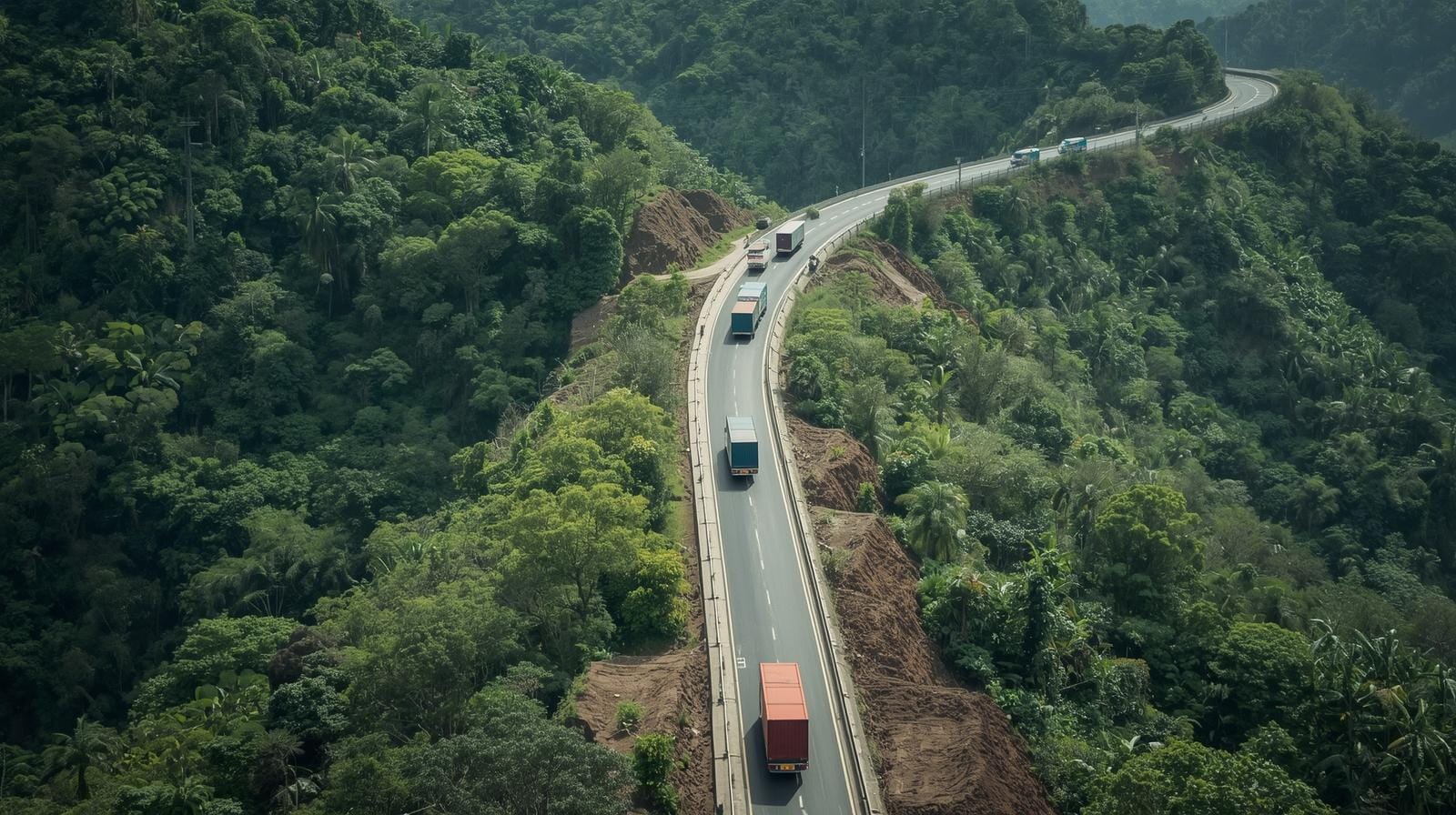From Dream to Blueprint
Thailand’s southern corridor idea is not new: the Kra Isthmus has been eyed for decades as a shortcut between Asia’s two great oceans. Under past governments, feasibility studies were done (even a Thai–China canal center was set up in 2014), but progress stalled. Now PM Srettha Thavisin’s administration has revived it, calling for two deep-sea ports (Ranong on the Andaman Sea, Chumphon on the Gulf of Thailand) linked by highway, rail and pipeline. The project is huge – roughly ฿1 trillion (~$30B) by some estimates – and, if realized, could create 280,000 jobs and lift GDP growth by about 5.5%.
“It will be an important connector for logistics… between India, the Middle East and Africa,” Srettha told reporters on a visit to Beijing.
Those words underline Thailand’s bet that geography can be turned into advantage. A fast Asian corridor could lure more cargo ships and investors, especially as Bangkok loosens foreign-ownership rules to attract capital.
Breaking the Malacca Bottleneck
By one estimate, nearly 40% of global sea trade moves through the Strait of Malacca each year. That narrow channel (between Malaysia and Indonesia) is often congested. The land bridge is pitched as a modern shortcut: Thai officials note it could link “the Pacific Ocean and the Indian Ocean without requiring ships to sail down along the tip of Singapore”, potentially saving days of sailing.
Analysts estimate up to 30% of Singapore’s transshipment cargo could shift to Thailand’s route.
Phase 1 is expected to handle about 10 million twenty-foot containers (TEUs) per year by 2030 (rising to 40M at full build). The economic upside is huge: reduced fuel use, faster delivery times, and new port fees could make Thailand a linchpin in Asia’s shipping network. Executives in Tokyo and Rotterdam are reportedly watching the plan; if it works, Thailand could capture billions in trade currently landing in Malaysia and Singapore.

Winners and Losers
The strategic sweep of the project affects all of ASEAN. Malaysia could lose most: ports in Peninsular Malaysia and even Singapore might see billions in annual business rerouted to Thailand. Remember, passing the Malacca Strait itself is free; the revenue at stake is in port fees, bunkering, warehousing and logistics services. Edge Malaysia warns this shift will dent thousands of jobs on its side.
Meanwhile, major powers are watching too. If Beijing backs the project, it gains an alternate trade artery. An analyst at ISEAS even notes, “If China indeed supports and invests in the landbridge, China can gain more economic presence in southern Thailand… benefiting [them] in competition with the U.S.”. Conversely, interest from U.S. or Japanese companies (both courted by Thailand) could balance the scales. In short, the canal’s outcome could tip regional influence.

Risks, Costs and the Road Ahead
No one underestimates the challenges. Critics call it a potential white elephant. “It’s nothing short of another dreamy project,” warns economist Somboon Kamhang, noting the enormous cost and modest financial returns compared to the canal alternative. Environmentalists also fret: vast swaths of rainforest and mangroves lie in the path, threatening ecosystems and local fisheries. And politically, past canal schemes foundered when financing fell through – so far no single investor has signed a binding deal.
“Thailand needs to be able to read the game, otherwise it’s setting itself up for failure,” was cautioned.
On the other hand, the potential payoff could justify it. The Thai government is sweetening the pot: our partner Siac Consulting is helping set up investor-friendly corporate structures and visas, while Lazudi’s real estate portal is tracking land deals near the planned ports. Expedia’s search data shows rising interest in travel to the southern corridor (flights + hotels), and Telecom partner Breeze notes surging data traffic as engineers descend on Ranong-Chumphon. Project finance analysts are now crunching risks and returns. If even half of the projected cargo shifts through Thailand, the country could recoup its investment in decades. If not, Bangkok may be left with a very costly miscalculation.
Read next: Thailand’s Visa Overhaul 2025: 17 Categories Down to 7 — What Really Changes for Expats.
Did you like what you read? Subscribe for free — limited-time lifetime premium access to exclusive analyses from The Thailand Advisor.
Meet Breeze — the easiest way to stay online in Thailand.
No plastic SIMs. No queues. Just instant data when you land.
Skip the airport SIM hunt. With Breeze eSIM, you’re connected the moment you arrive. Choose your plan, scan your QR, and enjoy fast data across Thailand — prepaid, secure, and hassle-free.
Travel smarter. Stay connected with Breeze.
Sources: Reuters; VOA News; The Edge Malaysia; VietnamPlus.











